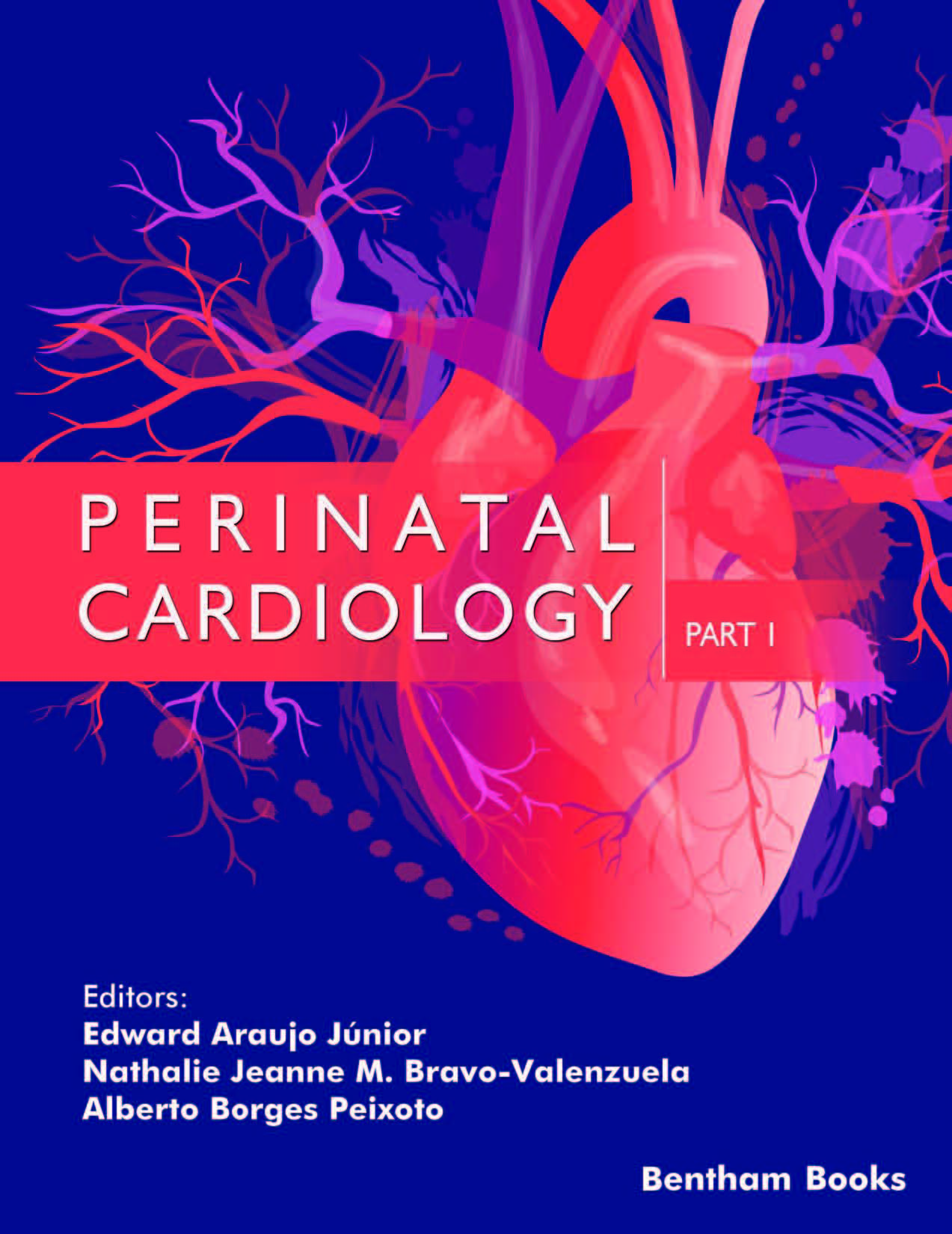This first edition of the Perinatal Cardiology book is the culmination of concerted efforts of experts in the field of fetal cardiology. Congenital heart disease (CHD) accounts for the most common birth defects and is the leading cause of mortality associated with birth defects in infants. Critical CHD is defined as a condition that necessitates surgical intervention during the first year of life and accounts for approximately 25% of all CHD cases. Advances in prenatal diagnosis and surgical interventions/therapeutic in utero have improved the management and outcomes of CHD. Rapid technological advances in fetal echocardiography and prenatal cardiac ultrasonography (US) screening facilitate the early and accurate diagnosis of CHD, thereby ensuring prompt and optimal treatment. In accordance with the concepts and themes associated with this field, Perinatal Cardiology provides a comprehensive overview of the key learning points with regard to CHD. The authors have outlined strategies to improve prenatal diagnosis and management of this condition, which would benefit the following specialties: obstetricians, perinatal and pediatric cardiologists, general cardiologists, sonographers, and other allied health professionals. This book highlights the features of cardiac development, fetal cardiovascular hemodynamics, genetic factors associated with CHD, and fetal echocardiography/cardiac US evaluation, focusing on the prenatal diagnosis and perinatal management of CHD. The introductory chapters describe in detail the development of the cardiovascular and uteroplacental circulation, beginning with early gestation. This anatomical background will provide a better understanding of the pathogenesis/pathophysiology of cardiac malformations. The authors have described the US/echocardiographic features that would aid in the prenatal diagnosis of CHD and also highlighted features of fetal cardiac dysfunction correlated with their clinical applicability. Environmental exposures that can lead to cardiovascular malformations and the genetic aspects of CHD, including chromosomal abnormalities and extracardiac anomalies are discussed, for enhancing parental counseling. Additionally, this book provides updated information regarding in utero management and treatment of CHD, as well as postnatal clinical and surgical approaches to the management of most commonly occurring conditions categorized as CHD. Furthermore, the book describes interesting aspects of the cardiac rhythm in utero following the development of the cardiac conduction system, the characteristics of regular and irregular heart rhythms, and the important features of the different types of arrhythmias observed in these patients, as well as their perinatal management. The chapters in this book have been added after careful consideration and are subdivided into sections after thoughtful deliberation. These include various topics such as fetal cardiology, including the classification of prenatal CHD, cardiovascular and uteroplacental circulation development, fetal echocardiography evaluation, normal cardiac rhythm and arrhythmias, structural and functional defects, prenatal cardiac interventions, extracardiac cardiac defects in fetuses with CHD, genetic and environmental factors associated with cardiac defects, parental genetic counseling in cases of CHD, prenatal management and planned delivery of a fetus with CHD, and a systematic postnatal approach to the management of CHD. The anatomical classification of CHD is subdivided into the following topics: malpositions and abnormal situs, septal defects, sec heart malformations, left heart malformations, conotruncal anomalies, aortic arch anomalies, myocardial and pericardial diseases, fetal cardiac tumors, and ventricular inflow anomalies. In recent years, significant technological progress in fetal echocardiography has enabled the diagnosis of various types of CHD, and it is possible to evaluate cardiac function in fetuses with CHD and in those without anatomical malformations. The following conditions (among several others) may affect fetal cardiac function: functional cardiac malformations such as premature closure of ductus arteriosus and foramen ovale and extracardiac conditions, such as maternal diseases (diabetes mellitus and chronic hypertension), fetal tumors, twin-to-twin transfusion syndrome, and fetal anemia. The Cardiovascular Profile Score is a useful tool for the assessment of fetuses with heart failure (HF). This tool utilizes US markers to monitor fetal cardiovascular unwellness based on univariate parameters, which are correlated with perinatal mortality. This instrument is used to record the “heart failure score” and is potentially useful in much the same way and in combination with the biophysical profile score. The chapters discussing fetal heart function comprise one of the differential topics of this book in the field of fetal cardiology. These chapters describe objective and important information regarding the clinical parameters for the evaluation of cardiac function. Chapters explaining the analysis of cardiac function discuss hemodynamic and cardiovascular fetal adaptations that enable optimization of outcomes and prediction of the risk in a fetus with HF or the one at risk of HF. Currently, the role of contemporary fetal cardiologists is not limited to the diagnosis and management of CHD in utero. These specialists also predict the risk of CHD in the newborn after delivery and participate in planning potential treatment after birth. Thus, a new classification system of prenatal CHD has been proposed based on risk stratification to identify an appropriate level of care. Critical CHD may progress in utero, and fetal echocardiography is an important tool to identify high-risk fetuses of mothers who require obstetric care at specialized centers to ensure optimal perinatal, obstetric, cardiology, and cardiothoracic surgery services. In conclusion, we hope this book serves as a comprehensive compendium of the latest optimal clinical approaches to the diagnosis, management and delivery planning for fetuses with CHD.
Edward Araujo Júnior
Department of Obstetrics, Discipline of Fetal Medicine
Federal University of São Paulo (EPM-UNIFESP)
São Paulo-SP
Brazil
Nathalie Jeanne M. Bravo-Valenzuela
Department of Obstetrics, Discipline of Fetal Medicine, Paulista School of Medicine
Federal University of São Paulo (EPM-UNIFESP)
São Paulo-SP
Brazil
&
Alberto Borges Peixoto
Discipline of Gynecology and Obstetrics
University of Uberaba (UNIUBE)
Uberaba-MG
Brazil

